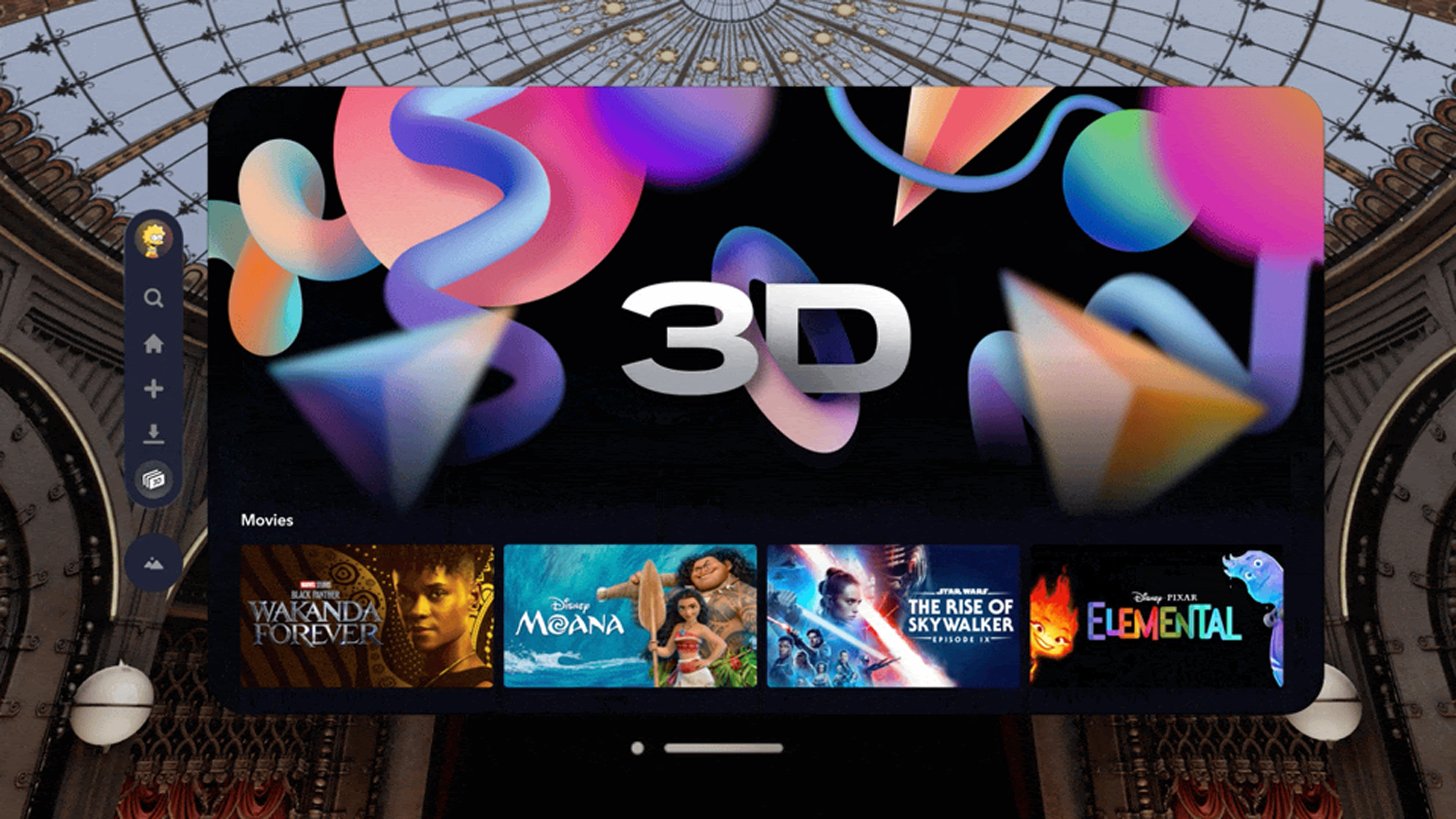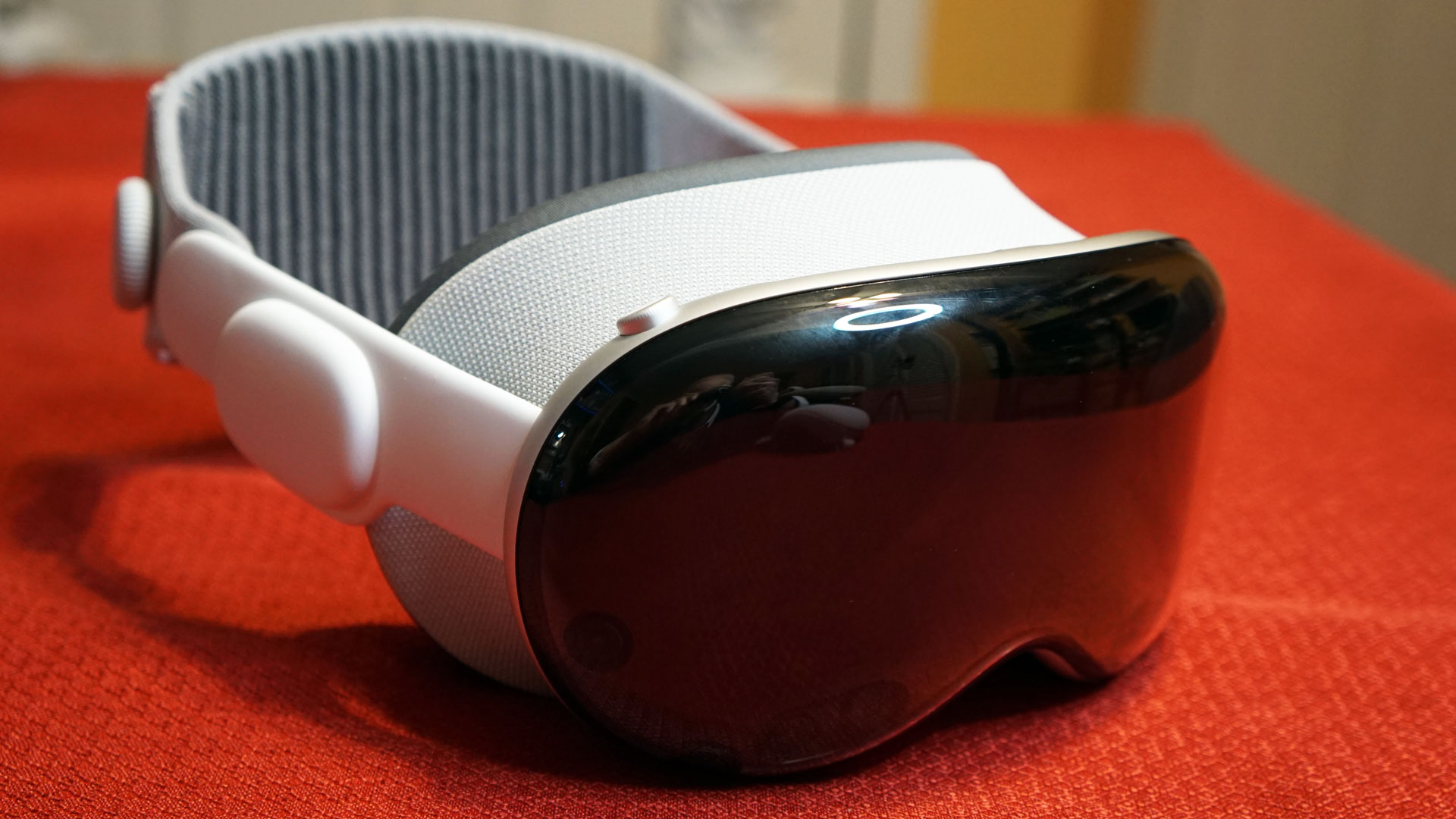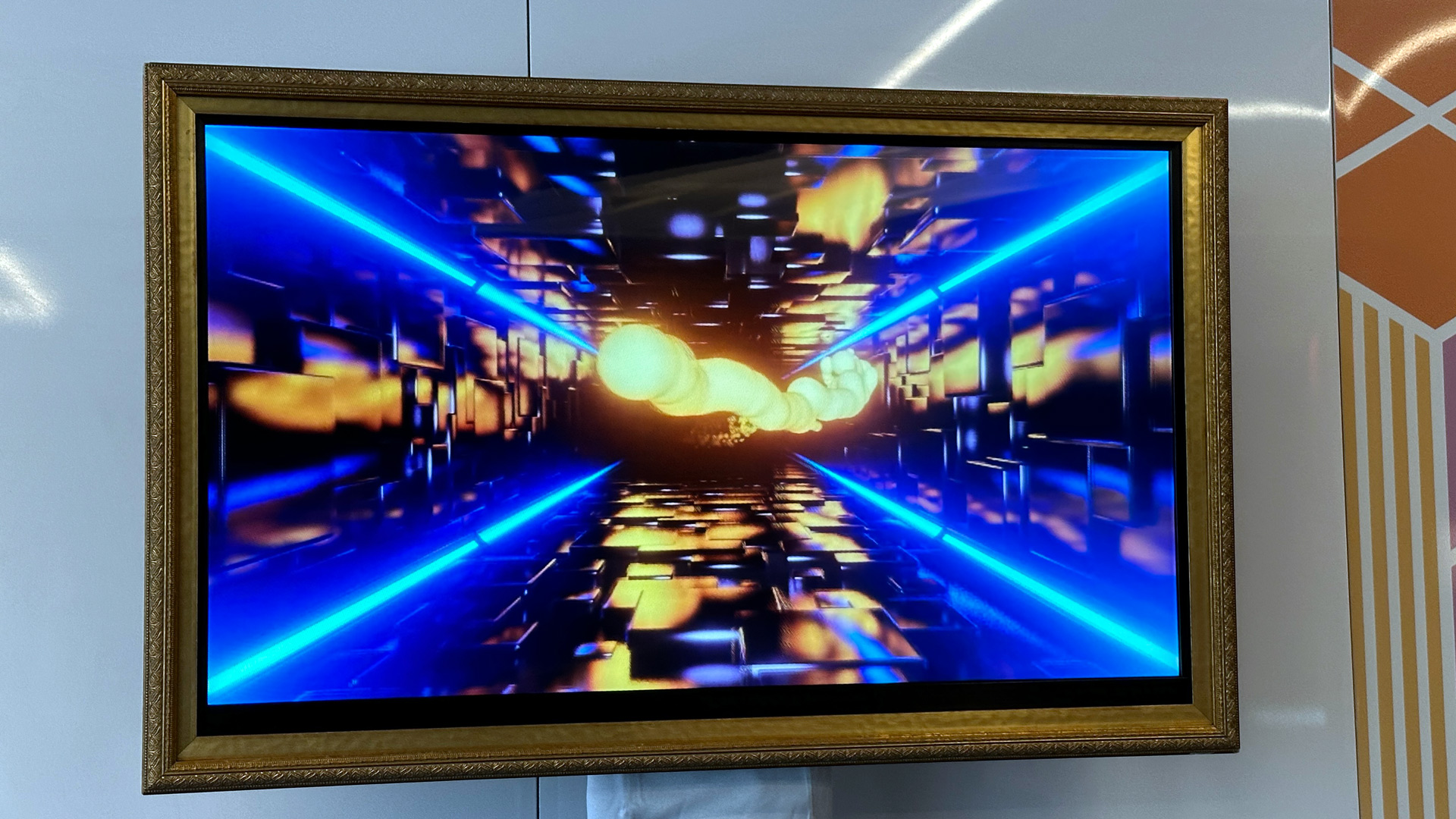
The Apple Vision Pro’s home 3D movie revival continues with the IMAX streaming app now offering stereoscopic videos for you to rent and enjoy with immersive visuals.
Currently, the selection is just three documentaries – Superpower Dogs, Pandas, and A Beautiful Planet – which you can rent for $5 a piece (around £4 / AU$7.70). But it’s another sign that 3D movies might be making another comeback outside of the cinema.
They join over 200 other 3D titles available through the Disney Plus and Apple TV apps on the Vision Pro, as well as all the spatial videos you record using your headset or your iPhone 15 Pro if you have one.
It’s yet another sign that VR headsets could pick up the job started by 3D TVs over a decade ago and finally make the 3D home theatre experience mainstream.

Can VR headsets succeed where 3D TVs couldn’t?
Following the 3D film craze brought about by the wildly successful 2009 film Avatar, it seemed like the next big TV trend would be 3D as well. For a time, this certainly seemed the case.
The first batch of at-home 3D TVs were unveiled at CES 2010, and by 2012 just over a quarter of global TV sales were 3D-capable. Despite predictions that this line would continue to the moon, it instead plateaued before nose-diving in 2015.
Instead, 4K screens became the hot new trend – with 4K QLED, OLED and now QD-OLED displays following after – with a big driving force being the much more widespread availability of 4K content compared to 3D.
Rather than being able to watch the odd 3D film, and having to contend with flat HD-quality visuals for most content, you could enjoy a larger range of movies and shows with crisp 4K visuals – and without the hassle and eye-strain that can come from slipping on a pair of 3D glasses.
This was aided by the arrival of 4K digital content via the then-fledgling best streaming services (ah, the good ol’ days before price hikes and when you only needed one or two subscriptions rather than 20).
We go into more details in our article about how 4K TVs should have saved 3D instead of killing it. But by understanding where 3D TVs went wrong, we can see how VR headsets might succeed.

Firstly, there’s a much wider pool of accessible 3D content. As we mentioned already, Apple TV lets you buy and rent 3D films on your headset, and Disney Plus on the Apple Vision Pro includes a library of 3D films for free with your subscription.
Then there are the better visuals. For the first time, 3D films are available at home in 4K with Dolby Vision and frame rates up to 48fps. This improved visual fidelity means there's less of a tradeoff when deciding between 3D and 2D flicks.
Thanks to this wider content availability and better video quality – especially in the frame rate department – people are able to expose themselves to more 3D and VR content to get over the disorientation and nausea that can affect first-time and infrequent users.
Lastly, while VR headsets are pricey – especially the $3,500 (around £2,770 / AU$5,400) Vision Pro – they have the advantage of not just being a display. They’re also a computer, console, exercise tool, and more. This makes them feel like a lot better bang for your buck than an expensive 3D TV.
That said, we’ve been here before. Just like the original 3D TV trend, there’s a chance that 3D films in VR will also drop off.
But with Apple and its partners continuing to launch 3D videos on its Vision pro Platform, and now LG and Meta announcing a partnership that could bring more TV (hopefully also 3D) content to Quest, we could be at the beginning of a new at-home 3D renaissance.
We’ll just have to wait and see if the trend can take off properly this time.







